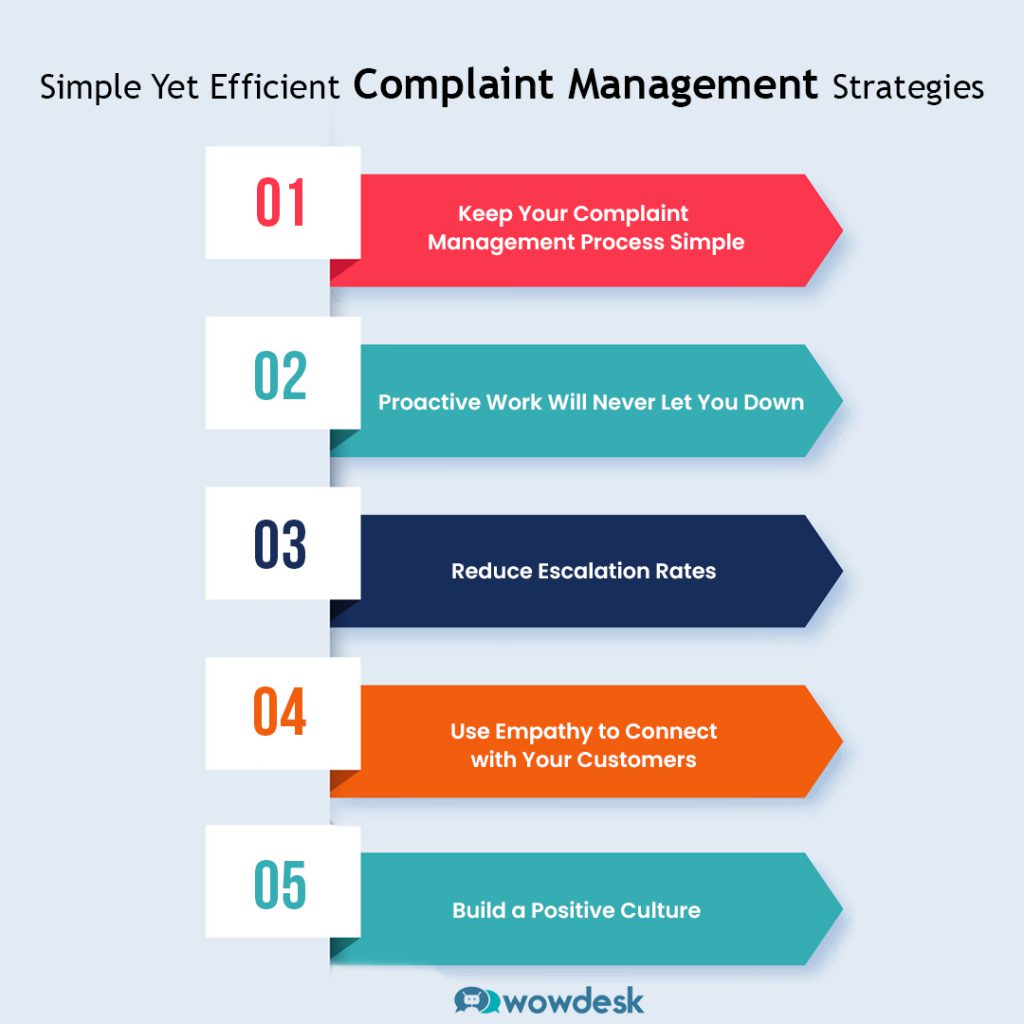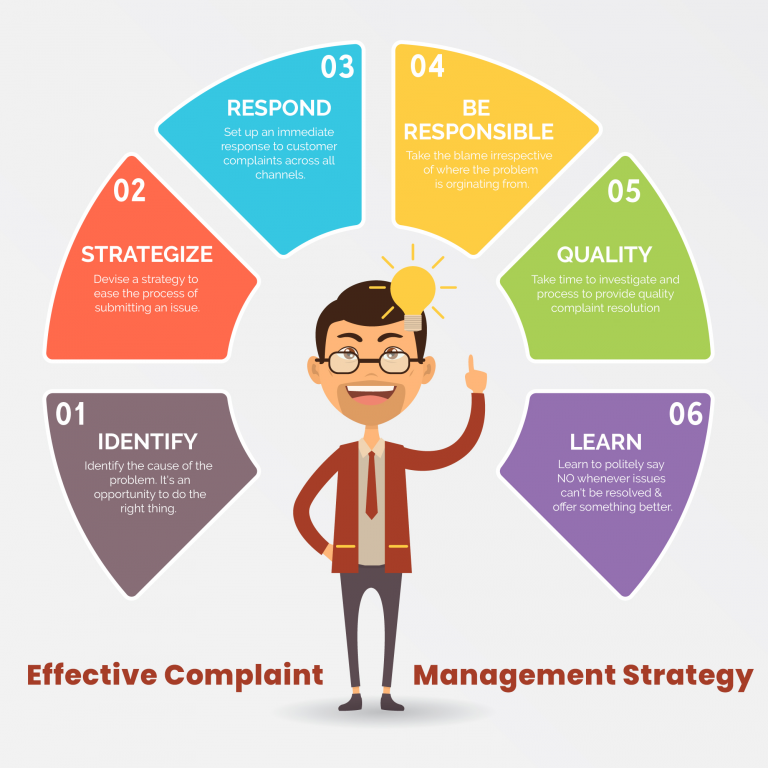The Role of Technology in Enhancing Complaint Resolution Efficiency

The Rise of the Machines: How Technology is Reshaping Complaint Resolution Efficiency
In today’s competitive landscape, customer satisfaction reigns supreme. Businesses are constantly striving to improve their customer experience, and a key aspect of this is the ability to handle complaints effectively and efficiently. Fortunately, technology is emerging as a powerful ally in this quest.
Traditionally, complaint resolution has been a manual, time-consuming process. Customers would often have to navigate through phone trees, wait on hold for extended periods, or engage in lengthy email exchanges. However, the advent of cutting-edge technologies is revolutionizing this landscape, offering innovative solutions to enhance efficiency and customer satisfaction.
The Tech Toolkit for Complaint Resolution:
- Self-service portals: Empowering customers to resolve issues independently through FAQs, knowledge bases, and online chatbots reduces the workload on customer support teams.
- Automated ticket routing: Intelligent systems can automatically route complaints to the appropriate department or agent based on keywords, eliminating unnecessary delays and ensuring quick resolution.
- Sentiment analysis: Advanced algorithms can analyze customer feedback to identify the root cause of complaints and predict potential issues, allowing businesses to proactively address concerns.
- Chatbots and AI assistants: These intelligent tools can handle initial inquiries, gather basic information, and provide immediate solutions, freeing up human agents to focus on more complex issues.
- Data analytics: By analyzing complaint data, businesses can identify trends, identify common pain points, and develop proactive strategies to prevent future complaints.
The Benefits of Technology-Driven Complaint Resolution:
- Faster resolution times: Automated processes and intelligent routing systems streamline the resolution process, reducing wait times and increasing customer satisfaction.
- Reduced costs: Automating routine tasks and reducing the workload on customer support teams can significantly lower operational costs.
- Improved customer satisfaction: Faster resolution times, personalized interactions, and proactive problem-solving contribute to a positive customer experience.
- Data-driven insights: By analyzing complaint data, businesses gain valuable insights into customer needs and preferences, enabling them to improve their products and services.
- Enhanced compliance: Technology can automate compliance reporting and ensure that complaints are handled according to legal and regulatory requirements.
Beyond the Hype:
While technology offers significant benefits, it’s crucial to remember that it’s merely a tool. The success of technology-driven complaint resolution depends heavily on human oversight and strategic implementation. Companies must ensure that:
- Technology complements, not replaces, human interaction: Human agents are still crucial for handling complex issues, providing emotional support, and building relationships with customers.
- Data privacy is paramount: Businesses must ensure that customer data is collected and used responsibly and ethically.
- Technology is continuously evolving: Companies should stay informed about the latest technological advancements and adapt their systems accordingly.
The Future is Bright:
As technology continues to evolve, we can expect even more innovative solutions to enhance complaint resolution efficiency. AI-powered chatbots will become more sophisticated, predictive analytics will become more accurate, and customer experiences will become more personalized. By embracing technology and focusing on customer-centric strategies, businesses can transform complaint resolution from a necessary evil into a competitive advantage.

